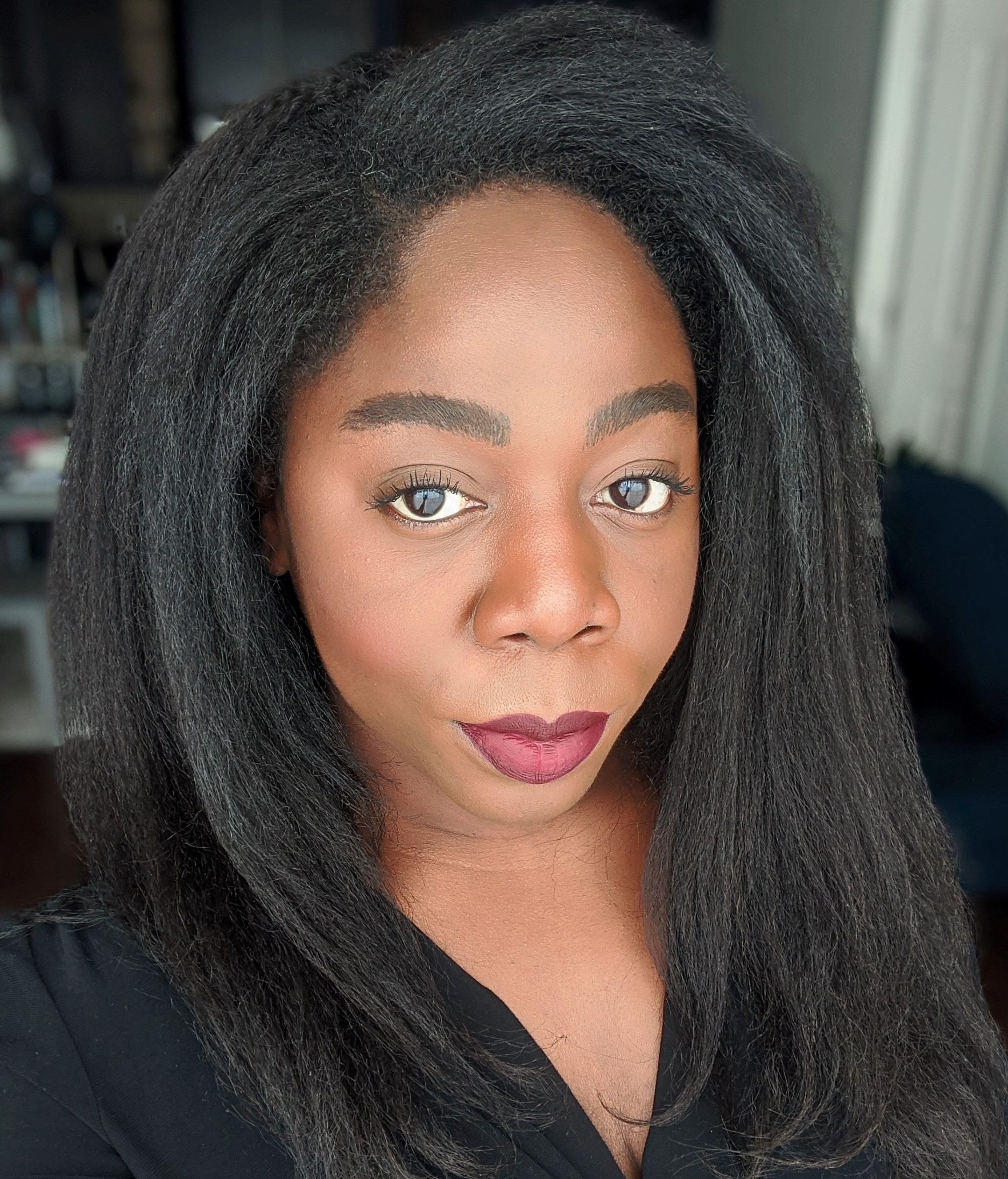Cultural Insights Vs. Multicultural Insights: How the architects of “culture” are shifting & what that means for your brand
May 19, 2020
 By Whitney Dunlap-Fowler
By Whitney Dunlap-Fowler
There are several ways to employ Cultural Insights to help brands gain the right amount of Cultural Intelligence to solve for larger questions. When the right cultural insights methods are utilized, marketers are able to create solutions for today, and also plan for how their category will likely be shaped in the near future.
This is one of a series of posts that dives into the many ways cultural insights can be used for branding needs.
A BATTLE OF MEANINGS
It’s no secret that “culture” has become the buzzword of the marketing and branding industries. Suddenly everyone offers it, is leaning into it, wants to understand it, or is paying attention to it. Phrases like “cultural competence” or “cultural intelligence” are common with agencies boasting of broad cultural insights offerings.
Due to its new-found fame and popularity, how the word “culture” may be utilized and defined in one agency is not always the way it is used or defined by others.
Because of this, any time I introduce myself as a Cultural Strategist, I always find the need to immediately define precisely what it is that I do. While this is partially driven by the fact that cultural strategy is still a new practice in the US, it is also due to the fact that the word “culture” has been interpreted in many ways.
When I speak about culture, I speak about the invisible atmosphere that engulfs all consumers in a given region. Cultural insights is essentially the study & application of insights learned from understanding the traits, customs, ideologies, behaviors, and belief systems of a given society.
Many assume that, because I’m African American, that my work as a Cultural Strategist centers on Multicultural insights, which, while this is definitely one of the many tools in my arsenal, is not the case. Cultural Insights is, to put it simply, a much larger field of study and requires understanding a larger swath of the population- multicultural consumers included.
But there’s a bigger, more complex reason as to why in many aspects the word “culture” signifies multicultural.
HOW “CULTURE” CAME TO SIGNIFY “ETHNIC”.
After the Civil Rights movements of the 60s and 70s, American ideals on race shifted from promoting segregation to promoting tolerance and inclusion. This shift in ideology meant that it became socially unacceptable for Americans to be openly discriminated against or given preferential treatment because of their skin color. This change birthed the “I don’t see color” era of racial politics and pushed Whiteness and White culture into a space of mute invisibility with the idea being, if you don’t call it out, then essentially you’re not racist.
At the same time, in the branding world, the word “mainstream” was being used to describe American consumers, a term which, at that time and given the demographics of the United States, stood for a population of majority-White Americans.
The “American mainstream” became the “norm” or the “majority culture”, from which all other non-White groups were judged. Anyone or any cultural artifacts or traditions that strayed from the ideologies, behaviors, expectations and practices of the “American mainstream” was labeled as “ethnic” or “urban” and subsequently “othered” due to their distinctly different and nontraditional cultural norms.
Because many minorities had distinctly different traits, rituals, traditions and habits that were attributed to their backgrounds & upbringings, and because “White American” had become synonymous with “norm” and melded into the “invisible nothingness of mainstream” the word culture eventually became coded language for consumers of color.
This gradual shift in meaning implied that, beyond differences in regionality and class, Whites in America were seen as having had no significant cultural identifiers. Evidence of this “invisible nothingness” could be seen in how White Americans described where they were from, as beyond their home-state, they often preferred to claim family lineage from other countries as a means of establishing a unique cultural identity.
The irony of course is that America and White Americans have always had distinct cultural traits. In fact, Western culture is one that other societies have aspired to emulate for decades. However, when you are a member of the dominant cultural group that others seek to assimilate towards, you tend to see your own cultural nuances as the standard instead of unique or different.
THE NEW PURVEYORS OF CULTURE
Historically, members of dominant groups & institutions in a society have been known to be the architects of “majority culture”. In America, these architects have traditionally been White men in higher ranking, elitist positions.
Today, due to the shift in racial dynamic in the US, the cultural purveyors are beginning to look a bit different and the power of influence has begun to shift in the direction of minorities. It’s no secret that minorities are projected to be the majority in the US by 2050.
Not only is the minority population growing faster, but mainstream consumers see & engage with them more often thanks to the popularity of digital platforms which consumers of color are known to be heavy users of. Through these platforms, multicultural consumers can share parts of their worlds with others, and usually do so with the goal of providing entertainment, or with a desire to be discovered for their talents and interests- and they are at an astounding rate.
So much so that many of today’s mainstream trends were birthed from micro-trends that started in communities of color. From what we eat, to how we dress to how we use social media- multicultural consumers evolved into the creatives that the world collectively follows and borrows (appropriates) from.
Where this becomes tricky is when we try to identify exactly who or what is driving culture and cultural shifts, especially as we transition between a majority White mainstream today to a multicultural-led mainstream in the near future. Multicultural consumers play dual roles in this space as they are impacted by majority-culture standards & expectations, but also heavily influence the direction and shape of cultural shifts today and in the future.
NEED FOR ASSIMILATION MEETS CHOICE OF APPROPRIATION
As tolerance an inclusivity became normalized in America, cultural-openness followed as minorities became neighbors, colleagues and classmates and non-minorities became exposed to diverse cultural traits and practices for the first time. This openness allowed for a pathway of exchange of cultural experiences and traditions. What was once a one-way street with minorities assimilating to majority culture standards and norms, eventually became a mutually flowing pathway of information and influence.
These exchanges of course are not equal in power. Minority assimilation quite literally determines the success rate of a person of color as well as how, where and if they can even live in the United States. For minorities, assimilation is necessary for survival. Non-minorities on the other hand are able to choose whether or not they want to lean into or appropriate elements from majority culture into their lives. When they do, they aren’t seen in the same light as minorities- in fact, taking on cultural traits and artifacts from minority communities often makes them more culturally desirable.
Today however, assimilation to majority culture is less essential for success (but still necessary). More than that, traits from minority groups are starting to stick for longer periods of time, and sometimes even permanently and are effectively changing the consumer landscape forever.
One highly visible example of ethnic influence is the impact multicultural consumers have had on beauty standards and ideals. Unlike the past, today’s ideal woman is curvier, darker, and racially ambiguous. Fuller lips, rounder hips, ethnic hairstyles and darker skin have become so popular that a new phrase has emerged for it- Blackfishing, where White consumers actively try to change their features to appear to be slightly more ethnic.
Despite this shift, it is still very-common for darker-skinned women of any culture to aspire to majority-culture ideals of beauty, which are still very European influenced. In this instance non-minorities and minorities are each moving away from polarized ends of a spectrum towards a middle ground ideal.
While trends can be powerful, they are often short-lived and become blips on our cultural radars. Sometimes, however, trends evolve into larger cultural shifts, and permanently impact consumers’ perspectives, behaviors and purchase decisions and this is the space multicultural consumers are increasingly finding themselves in.
Brands and Marketers often play the game of trying to develop creative & activations for what has traditionally been described as the mainstream audience with a nod towards inclusivity & ethnic groups. But when they choose to innovate in this way, by going through an outdated mainstream lens, they are actively ignoring the fact that the mainstream audience is not only becoming increasingly multicultural, but are also increasingly ethnically influenced.
Additionally, when marketers seek Cultural Insights, it’s imperative that they utilize agencies that understand and call out the significant impact that Multicultural consumers have on culture and choose partners who can authentically speak to the Multicultural experience. At the same time, marketers seeking Multicultural Insight must also seek inputs that speak to broader implications to the cultural trajectory in society as a whole, and not just inputs that only drill down into ethnic-only silos.
Understanding the complicated push-and-pull dynamics of majority culture and & minority impact is essential. You can’t have Cultural Insights without ethnic consumers, and you can’t have Multicultural Insights without Cultural Insight practitioners who can speak to the broader cultural landscape beyond the ethnic lens.
 About Author
About Author
Whitney Dunlap-Fowler is an Independent Brand Strategist specializing in pushing brands to the forefront of the cultural conversation.
Touch of Whit Creative is a brand strategy agency that helps marketers build culturally intelligent brand solutions. The company’s founder, Whitney Dunlap-Fowler has worked in the brand strategy industry for nearly 10 years and has had an opportunity to work with some of the worlds most renowned brands. Her skillset sit across 3 strategic pillars: Cultural Strategy, Brand Strategy and Multicultural Strategy, all of which she is able to utilize to develop uniquely differentiated solution for her clients’ needs. Find out more about the work she does at www.touchofwhit.com



























